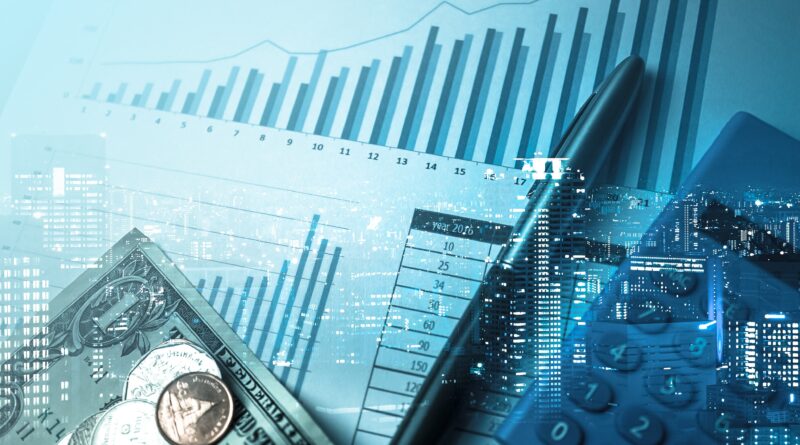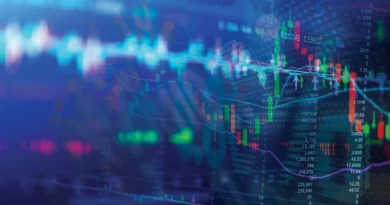ADRs, what are they? How to invest and risks
ADRs, or American Depositary Receipts, are financial instruments issued by United States institutions and traded on US stock exchanges.
These financial instruments offer American investors easy and direct access to international companies without the need to deal with the hurdles associated with directly purchasing foreign stocks.
Simply put, ADRs act as a “bridge,” simplifying the path for investors looking to diversify their portfolio with companies across national borders.
In this guide we will explain in detail what ADRs are, how to invest and the risks to consider before approaching this type of investment.
ADRs, what they are, how to invest and risks What are ADRs How do ADRs work? Characteristics of ADRs How to invest with ADRs The risks of ADRs What are ADRs ADRs, an acronym for American Depositary Receipt, are an ingenious financial vehicle that allows US investors to navigate without complications through the waters of shares of foreign companies listed on US stock exchanges.
Issued by U.S.
financial institutions, ADRs simplify the foreign investment process, eliminating the need for complex foreign currency transactions and paving the way for dividends and profits paid directly in U.S.
dollars.
For non-US companies, ADRs are an effective means of raising capital and gaining exposure to the vast universe of American investors.
This instrument also lends itself to more speculative use, allowing traders to operate on the shares of their market even outside of stock exchange closing hours.
How do ADRs work? An ADR represents a block of shares of a specific company and trades on US exchanges just like a domestic stock.
The process for creating an ADR involves a financial institution, usually a US bank, acquiring a substantial number of shares of a foreign company and placing them back on the market, establishing the number of shares corresponding to a single ADR.
Characteristics of ADRs ADRs are not all the same, but are distinguished into: sponsored or non-sponsored, listed or unlisted.
Sponsored ADRs involve a legal agreement between the bank and the foreign company, allowing the latter to retain control while the bank handles the transactions.
Unsponsored ADRs can be issued without the permission of the foreign company, allowing multiple U.S.
banks to offer shares of the same company.
ADRs can be listed or unlisted depending on where they trade.
Listed ones are subject to the listing standards of recognized stock exchanges such as the New York Stock Exchange, while unlisted ones can be traded through over-the-counter (OTC) markets.
Getting even more detailed, ADRs are classified into three tiers depending on the degree of compliance with US Securities and Exchange Commission (SEC) obligations and access to US stock markets.
Level 1 ADR: Non-SEC compliant companies that trade only on the OTC.
Level 2 ADR: Companies registered with the SEC, listed on the NYSE or NASDAQ.
Level 3 ADR: SEC-compliant companies, listed on a US stock exchange and authorized to raise capital in the United States through ADRs.
How to invest with ADRs Investing with ADRs requires careful planning and some key steps to follow: Deciding how much invest: after establishing the total amount to invest, the number of ADR shares is calculated based on the current or closing price.
Choosing a broker: since ADRs are treated like normal shares, it is necessary to select a broker authorized to trade ADRs, checking the transaction costs and services offered.
Buying ADR shares: once ready, you can proceed with purchasing ADR shares as if they were normal shares.
read also 3 stocks to evaluate before they skyrocket The risks of ADRs ADRs are a highly effective tool for investors who wish to diversify and personalize their portfolio.
They are particularly useful for those who intend to expand their presence in international markets rather than limiting themselves to just domestic stocks.
However, investing in ADRs is not suitable for all investors and has some significant limitations and disadvantages: Limited selection: Not all foreign companies are available as ADRs.
Liquidity: Some ADRs may be limited in trading, affecting their liquidity.
Political risk: ADRs are sensitive to the political situation of the country of origin and are exposed to possible trade sanctions.
Currency risk: Despite being quoted in dollars, ADRs are exposed to fluctuations in foreign currencies.
Higher fees: Fees for trading ADRs can be higher than those for traditional shares and include custodian services.




